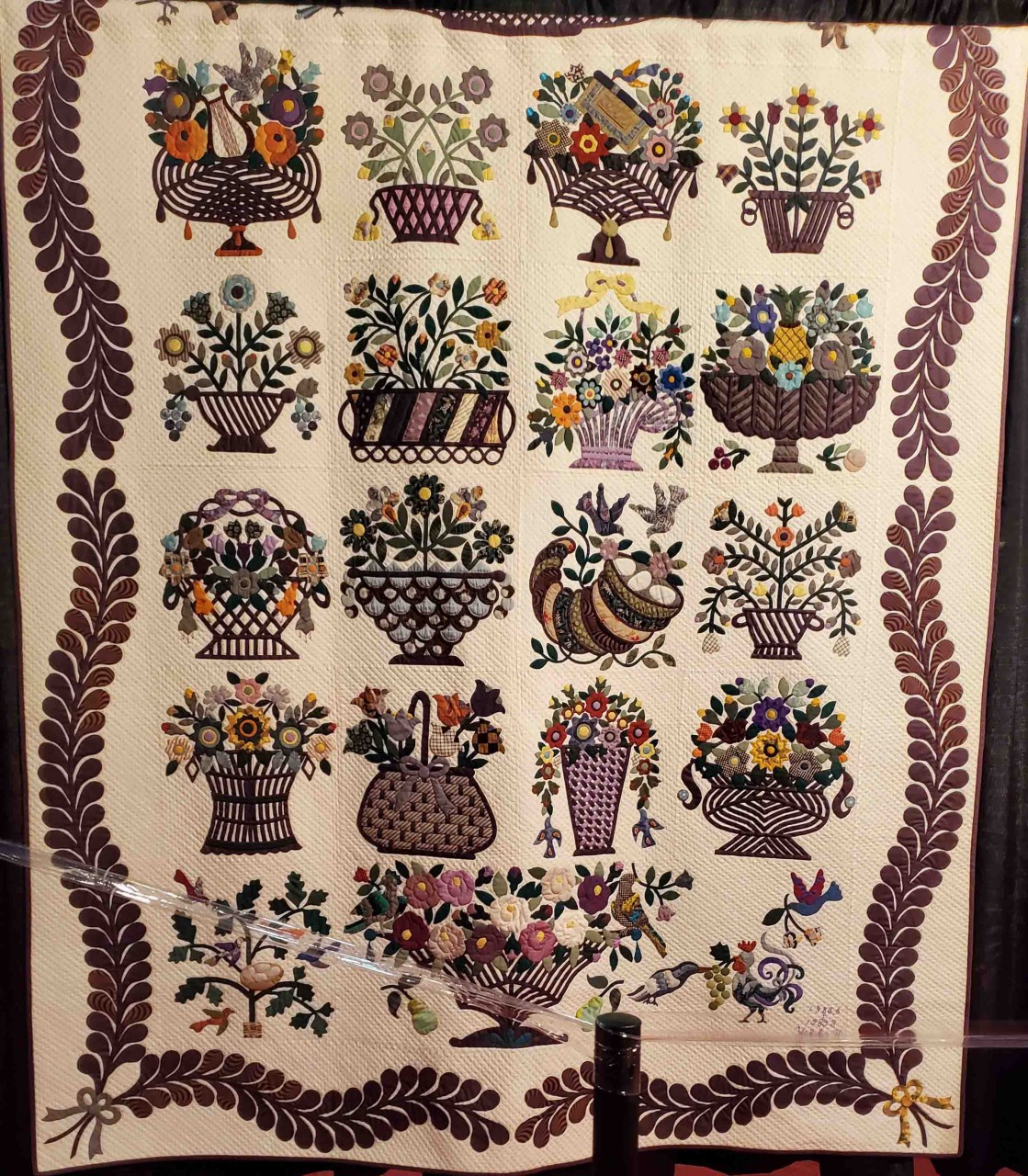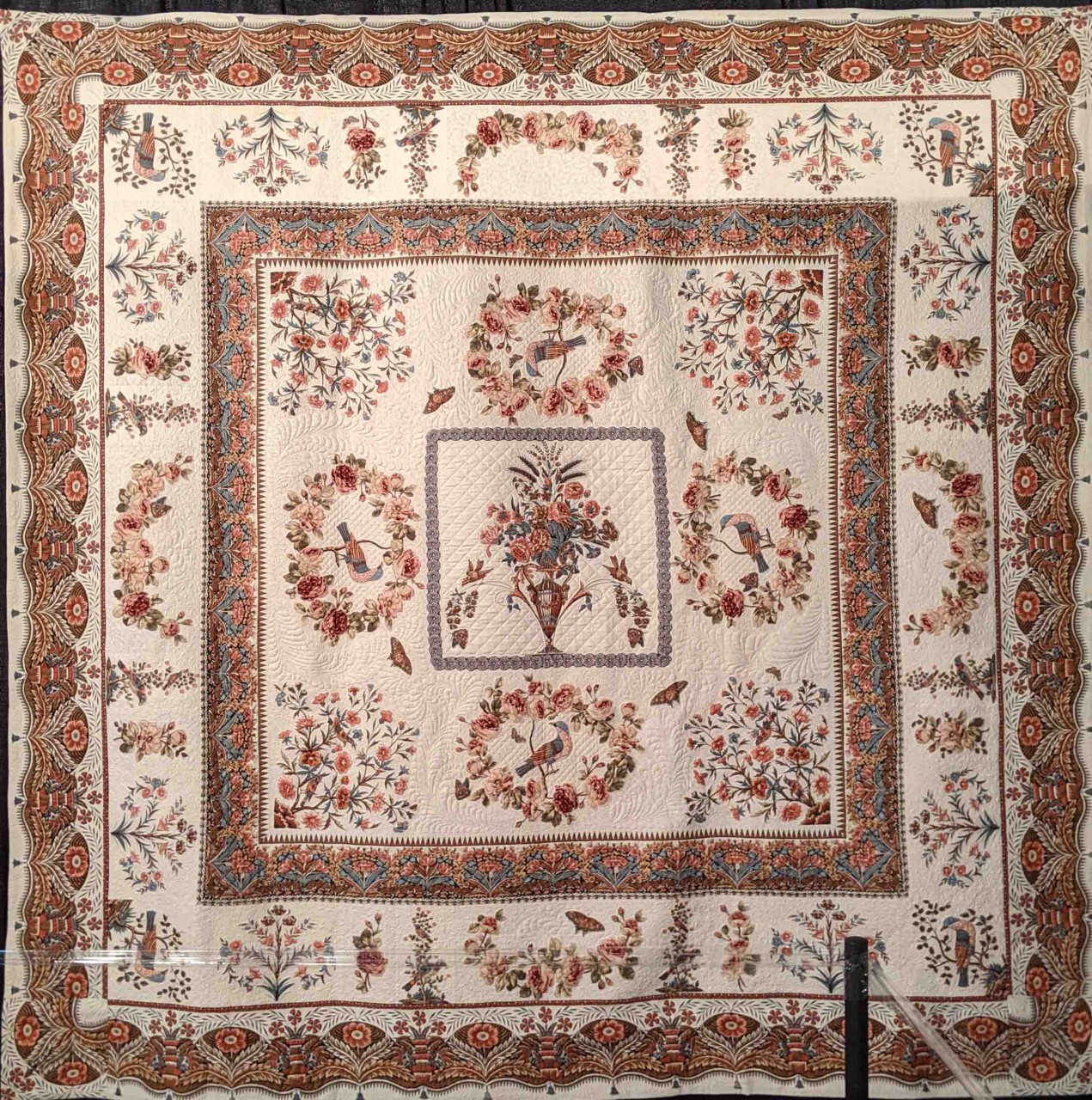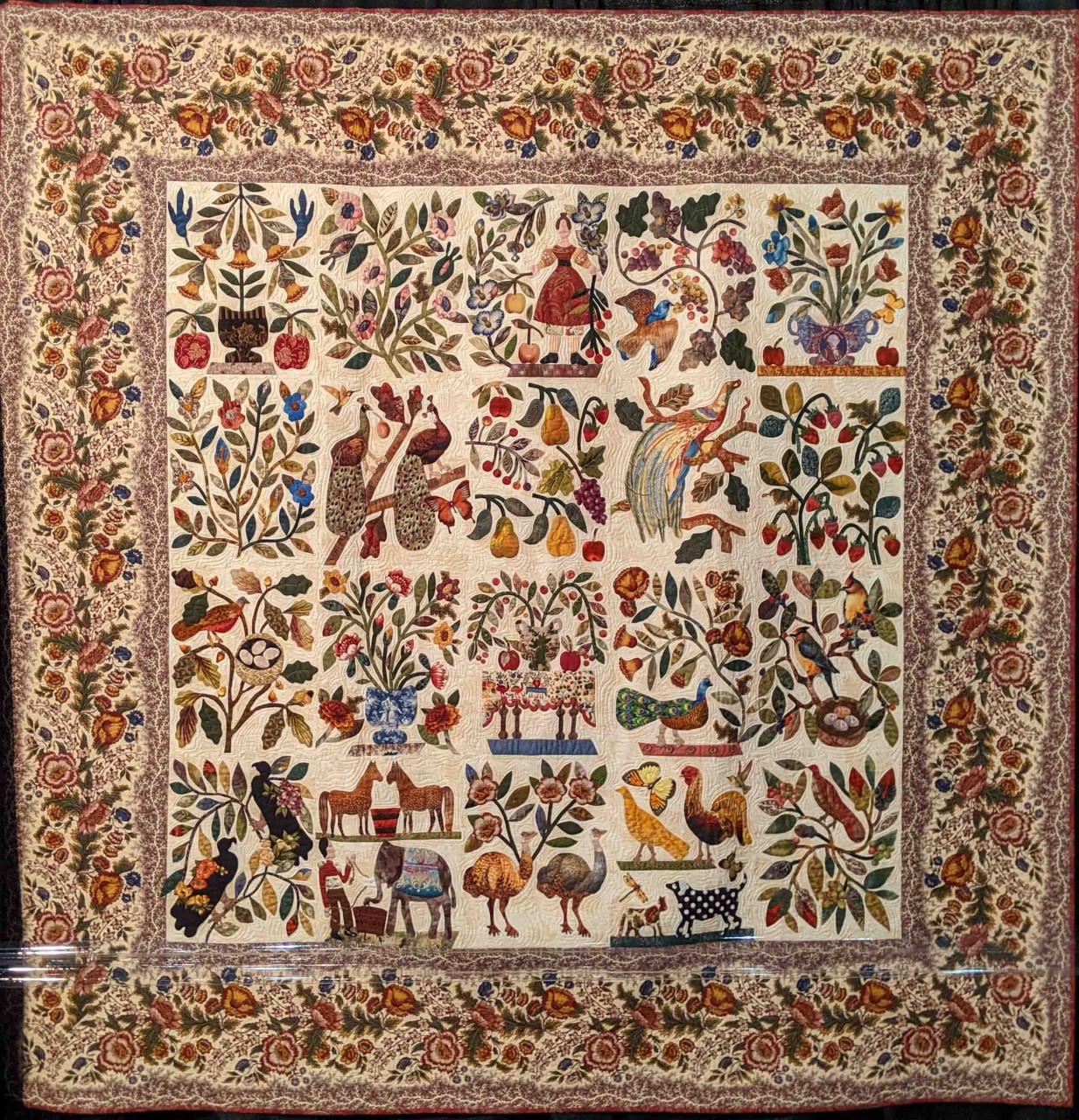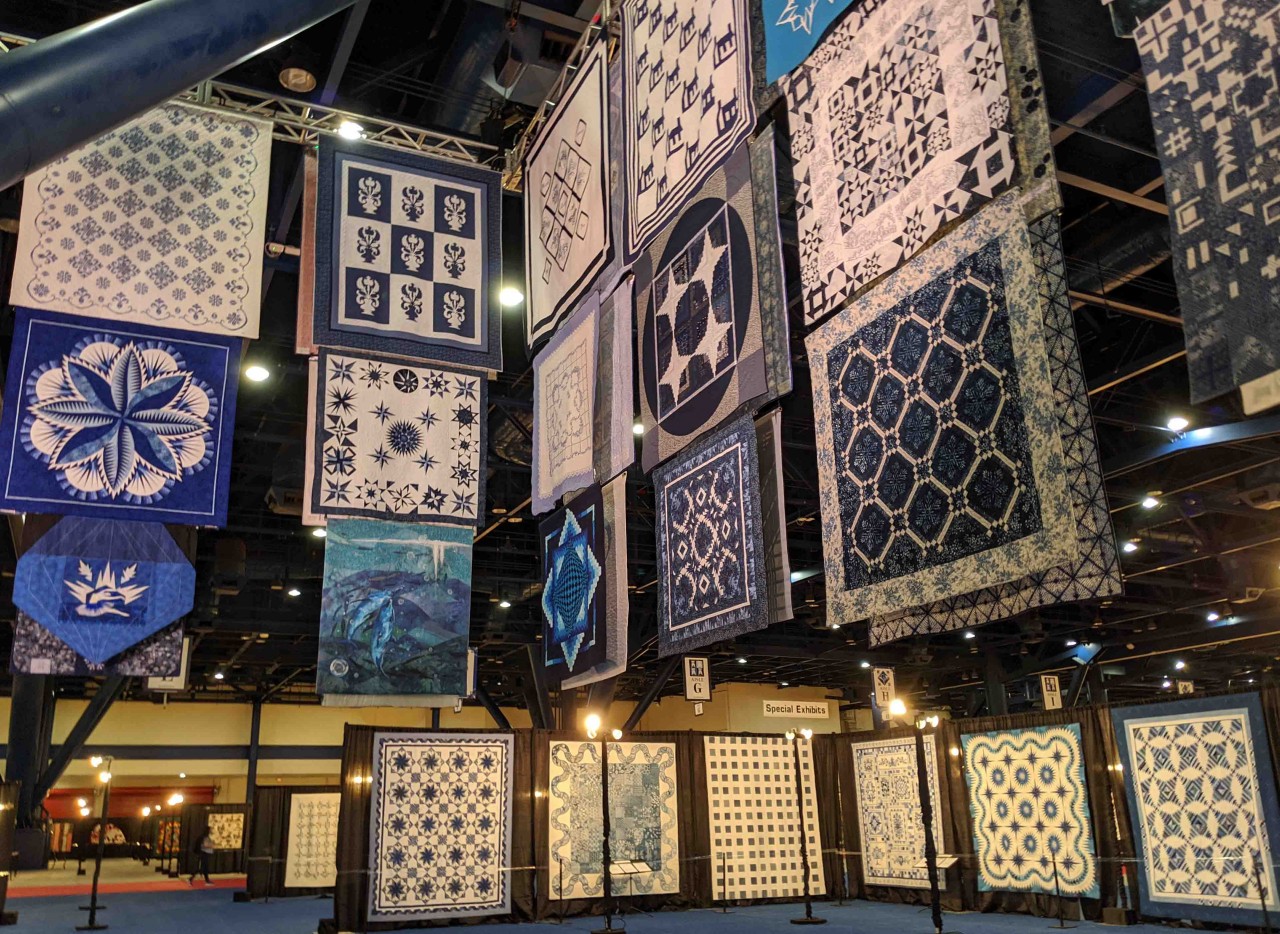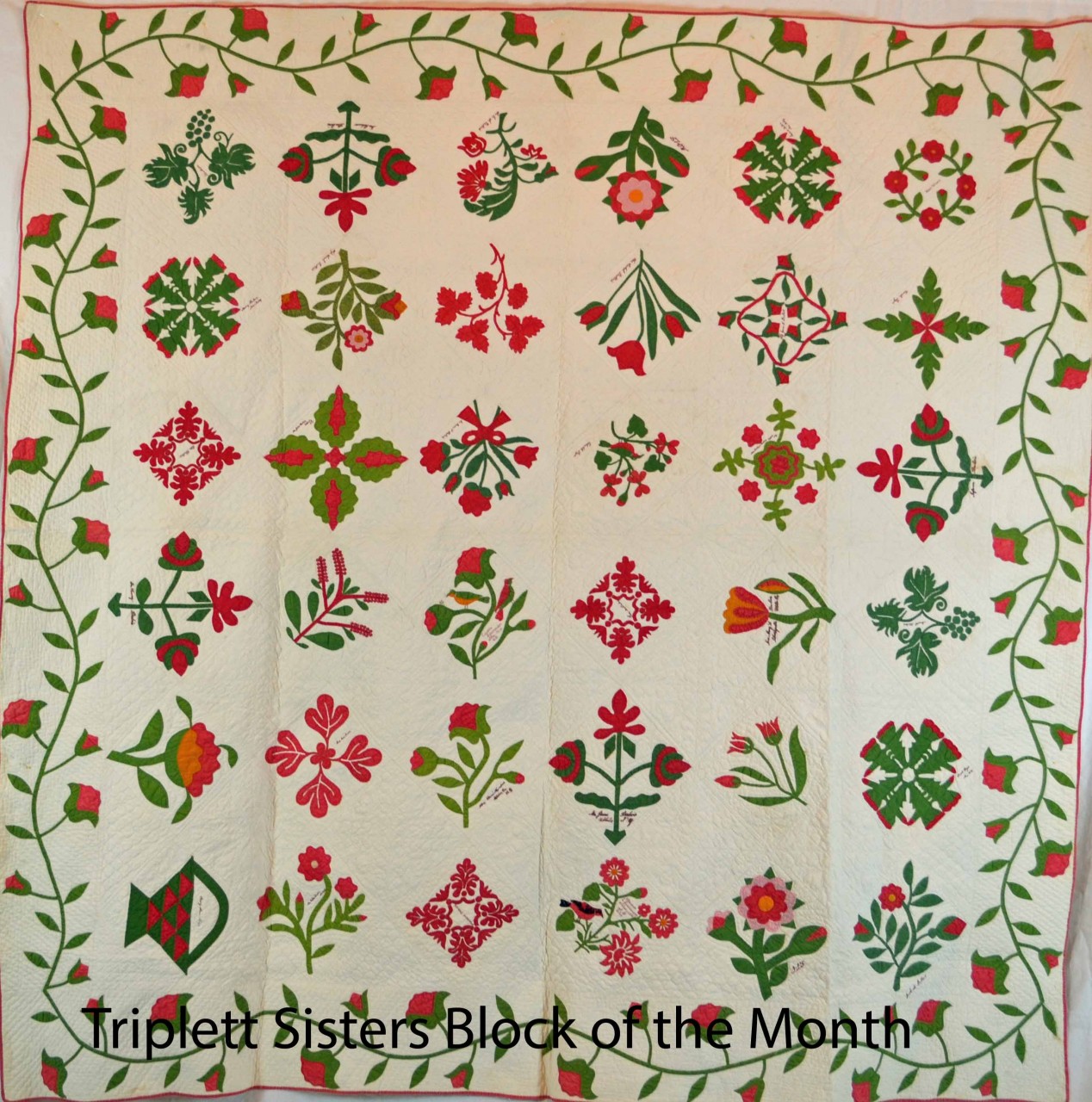
Merry Christmas, Happy Holidays, Happy Hanukkah, Seasons Greetings and may the principles of Kwanzaa be with you! Although I celebrate Christmas and the birth of Jesus, I recognize that not everyone does. However, for all those holidays, it is the season for gift giving and caring for others. So, to celebrate we have three gifts for you! The first gift is that I’ve filled the blog with photos of our Block of the Month, the Triplett Sisters Huguenot Friendship Quilt. A red and green celebration of two families love for each other memorialized in a beautiful textile. The second gift is that we currently have the complete pattern on sale. We are planning an exhibition in 2021, so I hope you’ll join us on the journey to make your own version of this quilt. So far,...


